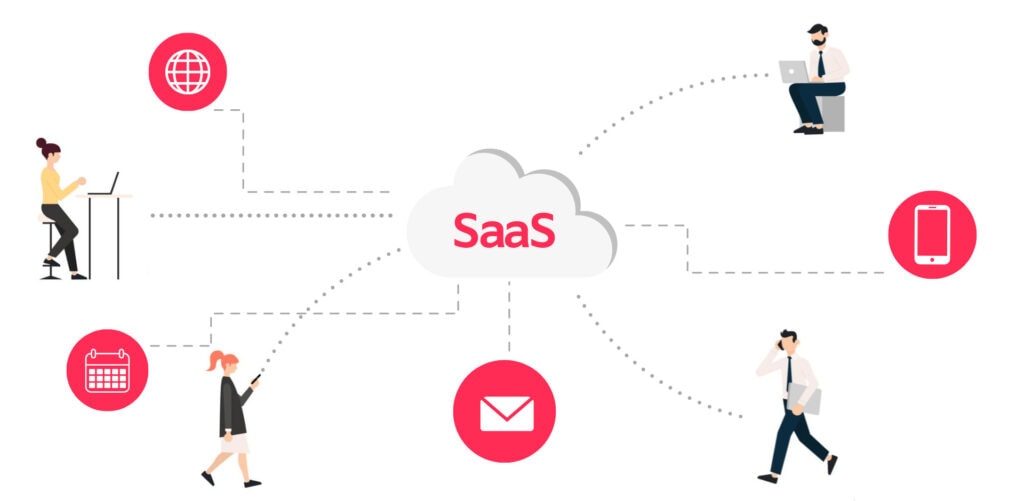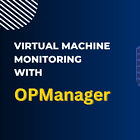Startups and SMBs are generally the first to implement many SaaS Infrastructure. But as these businesses grow in size and complexity — and they rope in larger organizations — scaling infrastructure for the enterprise becomes critical for success.
We are sharing with you four tips on advancing the company’s infrastructure to support and grow with the largest customers.
1. Customers’ Security and Reliability Needs
Building SaaS is complex as you’re holding critical customer data. Security is essential for all customers, and the chances certainly get higher the larger as they grow. Given these challenges, building infrastructure, processes, and applications is paramount to address customers’ growing security and reliability needs. That also involves the ethical and moral obligation have to make sure the implemented systems and practices meet and exceed any claim about security and reliability to customers.

2. Formal SLAs Around Uptime
For SaaS platforms, customers expect it to be available all the time. Large customers using software for business-critical applications look forward to seeing formal SLAs in contracts committing to 99.9% uptime or higher. For SaaS infrastructure and product layers, be confident in uptime and measure uptime on a per-customer basis to know if you’re meeting your contractual obligations. Use collective feedback in this regard to pull up the product road map in a specific direction.
3. Real-time status of SAAS Platform
Most larger customers want to see the SAAS platform’s historical uptime and have a real-time view of events and incidents as they happen. As you develop and concentrate, creating this visibility for customers also leads to more collaboration between business operations and SaaS infrastructure teams. This collaboration is beneficial to invest in, as it delivers insights about how customers are facing a particular degradation in service and allows you to communicate back for the cause so far and what your ETA is.
4. Backups
As your customers grow, be all set for expectations over backups. For example, how long it takes to recover the whole application and around backup periodicity, backups location, and data retention. Build a backup strategy for SaaS infrastructure by thinking about future flexibility and data management to help you stay ahead of these questions.
Kidan’s Contact Information:
Email: [email protected]
Phone Number: +41 22 519 64 01
Connect with us:
LinkedIn: https://www.linkedin.com/company/kidanch/about/
Twitter: https://twitter.com/Kidan_Global
Medium: https://medium.com/@kidan
Facebook: https://www.facebook.com/kidan.ch/
Instagram: https://www.instagram.com/kidanllc/


